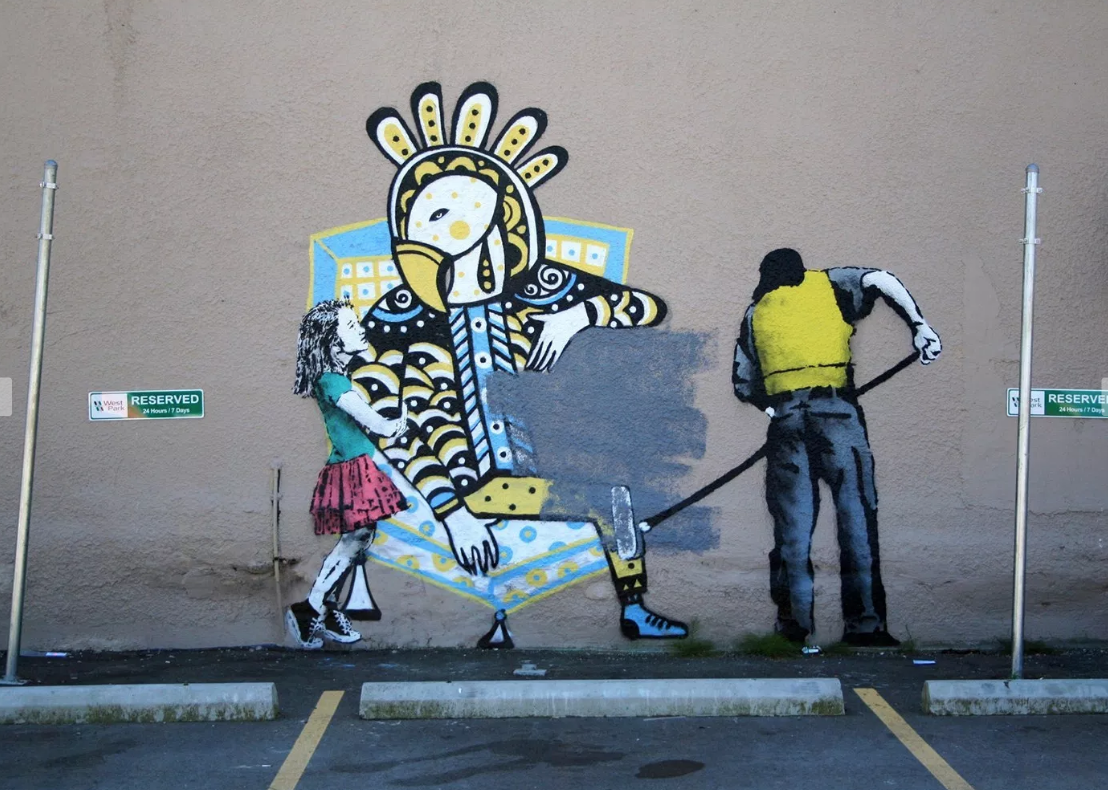As midterm season draws to a close and I begin grading and commenting on exams, I am once again confronted with the realization that the skill set of analysis is seldom discussed or directly taught to students. While the ability to analyze is a natural byproduct of critical thinking, the actual mechanics of how to produce thorough examination and evaluation of an idea, image, or object is not always as straightforward as it seems.
Analysis addresses questions that often ask the “how” or “why” of things, pushing away from simple summary (the elementary school “book report”) and engaging in deeper inquiry and connections between ideas. In academic settings, one of the ways professors evaluate students is to look for evidence of critical thinking and reasoning beyond the facts or presented information. Importantly, analysis is all about developing a point of view and adding one’s own assessment and evaluation of a given set of data/facts/texts/images etc.. based on evidence and reasoned argument.
In order to produce good analysis, whether it be in an exam setting, for a research essay, or for a presentation, the five following steps can and should be taken:
1. Figure out exactly what you are being asked to analyze, or to what you need to respond
2. Produce an argument and/or take a strong position
3. Push for evidence to support conclusions
4. Identify what elements push an argument/position in one way or another
5. Make sure to distinguish a summary from an analysis—use your first person voice
STEP ONE: What Are You Analyzing?
Figuring out exactly what you are being asked to analyze, or to what you need to respond is one of the most important skills of a university student. As I tell my students, too often I see that people are responding to the question they want to answer, not the one that is actually being posed to them. Take for example this recent question on an art history exam in my Introduction to Visual Art, Urban, and Screen Culture course. I presented students with a question about the street artist iHeart and provided four images:
QUESTION: Examine these street art works by iHeart, a globally recognized Vancouver-based street artist. Based on the works you see here, describe how iHeart is raising issues and making comments that are relevant to the specific spaces of this city and to the kind of people who are often thought to live and work there.
First of all, note that I am asking a question that challenges students to examine the works in connection to issues and commentary that an artist is making through their works. Many students will correctly begin the process of analysis by identifying what some of those themes may be (homelessness, social media addiction, income inequality, the status of street art, competing ideas of what art can be, etc…). At this point, this would mostly offer a summary of what one obviously sees. If you read the question more carefully, however, I am asking HOW iHeart is raising these issues with direct relevance to the city of Vancouver and its distinct social makeup. This is where analysis is called for.
STEP TWO: What Is Your Argument or Position?
When I ask students to analyze something, I often tell them to imagine me standing behind them as they write the response to a question saying something like “ok, how do you know this to be true?… prove your point…. I don’t believe you, you need to convince me.” In other words, I am asking students to produce an argument and take a position.
Returning to our example, those who answered the exam question well pointed out how the housing crisis in Vancouver was a big reason for the homelessness epidemic. They also pointed out how the whitewashing of the First Nations artwork in the one image was a metaphor for the tensions in Vancouver around unsettled land claims and the historic treatment of Indigenous peoples in British Columbia. Some students also connected the large tech sector in the city with the crying child and his “no friends” status, arguing how Vancouver has a reputation for being a “no fun city” where social isolation and loneliness is common. Finally, the image of iHeart writing “bankable” over the word “Banksy” (the street artist and one of the most recognized artists to the masses) is possibly suggesting how iHeart’s own reputation as a Vancouver street artist is sometimes brought into question around his play on Banksy-esque themes and approaches. Arguing how the fear around “selling out” undermines and complicates some of the work street artists produce, the deeper analysis (it is an art history class after all) would tackle this topic.
STEP THREE: What Is Your Evidence?
A key component of good analysis is providing evidence to support your argument. In our example, the module that was being “tested” in this question related to a section covering the history of graffiti art and the transition to street art, especially in the digital age, where the internet and ubiquitous cameras have made the circulation of a previously “underground” art form highly visible. I also began the course with a film looking at Banksy’s 2014 residency in New York— Banksy Does New York— where many tensions and questions arose around city spaces of New York through the kinds of projects Banksy placed into the public. Therefore, the evidence that needs to support the examples for our sample exam question necessarily draw on ideas learned about and discussed in the course. In other words, students who produced the best analysis on the question also paid close attention in class and created the best notes about the themes and issues raised around graffiti and street art in an urban context.
STEP FOUR: How Can You Deepen Your Analysis?
Once you have achieved basic analysis (you are answering the posed question, arguing something, and offering evidence), you can achieve even deeper analysis by offering up ideas and positions that may be entirely unique or created in a comparison/contrast to other stores of knowledge and analysis. Returning to our example, many good points were made around the whitewashing of the First Nations street art, mainly because the image invites many possible ways of interpreting the meaning of the work. Critically, it does not matter what the artist intended with the piece—it is only in fact one small part of how meaning can be produced for the object—but if the student knows about how the history of First Nations art has historically functioned in Canada (and in Vancouver in particular), they can bring some very engaging analysis to bear on the work. In the same way, students who bring the work of iHeart into comparison and contrast with Banksy and his residency in New York, or talk about other examples raised in class that connect Vancouver’s gentrification to larger patterns globally, all the better and richer the potential analysis.
STEP FIVE: Did You Produce Analysis? Own the Arguments/Position
The last step helps quickly determine if you have actually created an analysis versus just a summary. This is more useful for a longer essay or presentation, but can also be considered when writing up an essay response for an exam.
In short, the distinctions boil down to the following list drawn from Ashford University Writing Centre’s examination on the topic:
Traits of A Summary
Identifies the main points or elements
Identifies what was stated or what is included
Identifies thoughts or contributions others have had
No argument or conclusion is present
Traits of An Analysis
Makes an argument or reaches a conclusion
Chooses specific elements or areas to study
Examines and interprets each element
Discusses why each element is important or significant
Discusses how each element connects other pieces
Might discuss causes and effects
Might discuss strengths and weaknesses or advantages and disadvantages
Might discuss effectiveness or ineffectiveness
And finally, the second part of Step Five may be the most controversial tip of all. As a general rule, I encourage all of my students to write in first person voice. The act of owning the ideas through “I” statements (I think…, I believe…, I am arguing…, I can see….) forces both an analytic and argumentative tone when writing and presenting, but also helps avoid purely summarizing ideas. Traditionally, first person voice is discouraged, especially in introductory English classes, but the importance of first person, in my opinion, is the strong analytic voice it allows, and also the ownership of that voice for the author. Utilizing first person voice also allows you to distinguish your voice from those of other sources you may bring into your analysis, and helps prevent unintended plagiarism (i.e. “my argument is similar to Smith’s, but I am arguing this instead….). I often tell students that I wrote my entire Ph.D. in first person, and that almost all of my published work activates this particular strategic voice. Doing so guarantees a higher degree of engaged analysis, where the stakes are more clearly spelled out and owned by the author.





